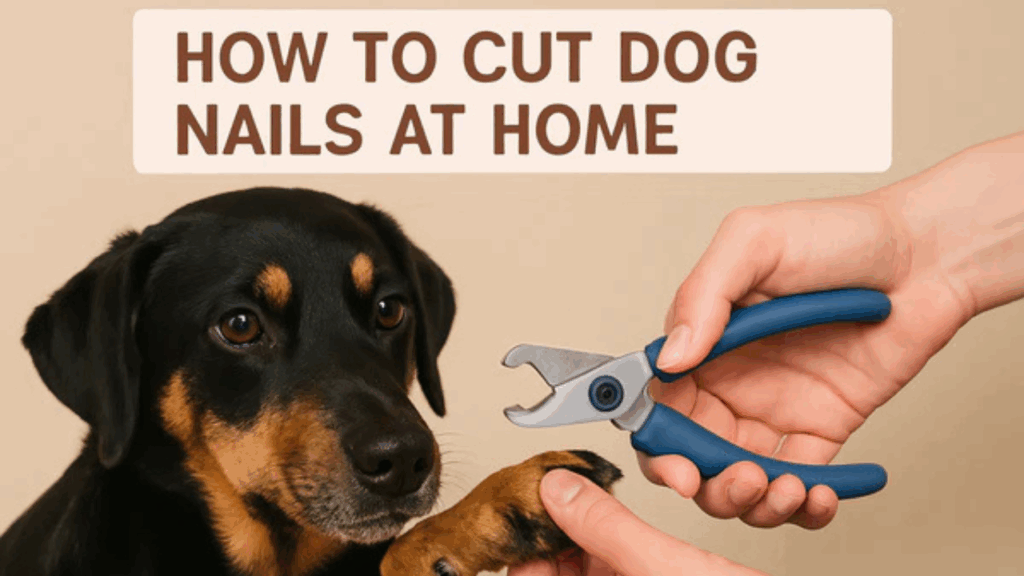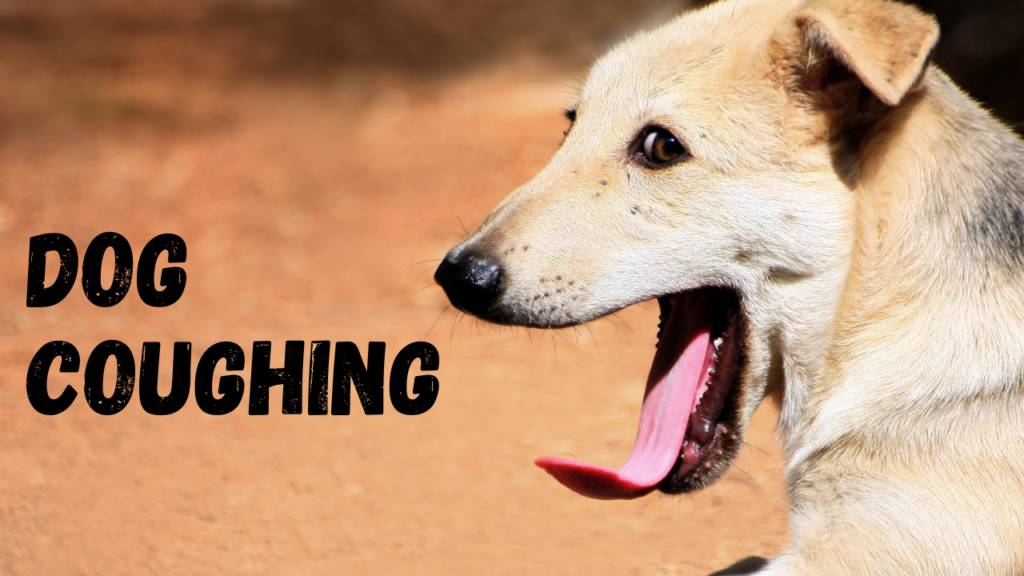Dog Nails need regular trimming to ensure your pet’s comfort and health. Trimming your dog’s nails is an essential part of their grooming routine, yet many pet owners find it intimidating. Whether it’s the fear of hurting their pup or the struggle of getting them to stay still, nail trimming often gets put off—sometimes to the dog’s detriment.
Overgrown nails can cause discomfort, pain, joint issues, and even infection. The good news? With the right tools, technique, and patience, trimming your dog’s nails at home is completely manageable—even for beginners.
This guide covers everything you need to know about how to cut your dog’s nails safely and confidently.
Why Is Nail Trimming Important?
Dog nails continuously grow, just like human fingernails. Without regular trimming, they can:
- Crack or split, causing pain or infection
- Curl into the paw pad, leading to injury
- Affect your dog’s posture and gait
- Cause joint strain or arthritis over time
For most dogs, a trim every 3–4 weeks is ideal, although this depends on the dog’s activity level, age, and whether they walk on hard surfaces (which naturally wear nails down).
READ MORE: How Much Benadryl Can I Give My Dog
What You’ll Need
Dog Nails require proper care and the right tools for safe trimming. Before you begin, make sure you have the right tools: a pair of quality dog nail clippers or a grinder, styptic powder in case of bleeding, and a calm environment to help your pet stay relaxed.
1. Dog Nail Clippers
There are two main types:
- Scissor-style clippers – Best for larger dogs with thick nails.
- Guillotine-style clippers – Work well for small to medium-sized dogs.
Choose a sharp, high-quality clipper designed for your dog’s size.
2. Styptic Powder or Pencil
This stops bleeding quickly if you accidentally cut the “quick”—the sensitive part of the nail containing blood vessels.
3. Nail File or Dremel Grinder (Optional)
Helps smooth out sharp edges after clipping.
4. Treats and Praise
Use treats to reward your dog and create a positive experience.
Understanding the Anatomy of a Dog’s Nail
Each nail has a hard outer shell and a soft inner core called the quick. The quick contains nerves and blood vessels, which makes dog nails sensitive to trimming. If you cut into the quick, it will bleed and cause pain for your dog.
- On white or clear nails, the quick is easy to see—it’s the pink part inside.
- On black nails, it’s harder to spot, so you’ll need to trim carefully and slowly.
Step-by-Step: How to Cut Your Dog’s Nails
Step 1: Prepare the Space
Find a quiet, well-lit area. Place your dog on a non-slip surface (like a towel or mat). For small dogs, your lap or a table works well.
Have your tools and treats ready.
Step 2: Calm Your Dog
Speak softly and pet your dog to help them relax. If your dog is nervous, consider doing one paw at a time over a few days.
Step 3: Hold the Paw Gently
Hold your dog’s paw firmly but gently. Press lightly on the pad to extend the nail.
Step 4: Identify the Quick
- White nails: You’ll see the pink area—avoid it.
- Black nails: Trim small slivers at a time. Stop when you see a gray/white center with a black ring around it—this indicates you’re near the quick.
Step 5: Start Trimming
Using a sharp clipper, cut the nail at a 45-degree angle, just below the quick.
If your dog has long nails and long quicks, trim a little at a time every week. The quick will naturally recede.
Step 6: Use a File (Optional)
Smooth any sharp edges with a nail file or rotary grinder, especially if your dog walks on hardwood floors or jumps on furniture.
Step 7: Reward and Repeat
Praise your dog and give a treat after each paw or nail. Positive reinforcement helps make future trims easier.
What If You Cut the Quick?
If you accidentally cut the quick:
- Stay calm. Your dog will likely yelp, and the nail will bleed.
- Apply styptic powder, a styptic pencil, or even cornstarch/flour to the bleeding nail.
- Press gently with a tissue or cloth until bleeding stops (usually within a few minutes).
- Give your dog a break and comfort them.
Avoid letting the incident scare you away from future trims—mistakes happen!
Tips for Nervous or Resistant Dogs
Some dogs don’t like having their paws touched, let alone trimmed. If your dog is anxious:
- Start by desensitizing them. Gently handle their paws for a few minutes each day, rewarding with treats.
- Introduce the nail clipper slowly, letting them sniff it.
- Try trimming one nail per session if they’re very fearful.
- Use a lick mat with peanut butter or a frozen treat to distract them during the process.
- If trimming at home isn’t possible, schedule a vet or groomer visit.
How Often Should You Trim Dog Nails?
Most dogs need a nail trim every 3–6 weeks. Signs your dog’s nails are too long:
- You hear them clicking on the floor
- Nails are touching the ground when standing
- The dog’s posture or gait looks uncomfortable
Regular trimming keeps the quick shorter and makes future trims easier and safer.
Should You Use a Nail Grinder Instead?
Some owners prefer a Dremel-style grinder over clippers. When used correctly, grinders gradually wear the dog nails down, offering better control and reducing the chance of hitting the quick.
Pros:
- Smoother finish
- Better for thick nails
- Less chance of splitting
Cons:
- Noisy—some dogs don’t like the sound
- Can take longer
- Requires patience and steady hands
Choose what works best for you and your dog.
Mistakes to Avoid
- Cutting too deep: Always err on the side of caution—trim small amounts.
- Trimming infrequently: This allows the quick to grow longer, making short nails harder to maintain.
- Forcing your dog: This creates fear and resistance. Go slow and be patient.
- Using dull clippers: They crush rather than cut the nail, causing pain and splintering.
When to Seek Professional Help
If your dog has:
- Extremely long nails
- Black nails and you’re unsure where to cut
- Trauma or deformities in the paw
- Severe anxiety around nail trimming
…then it’s best to seek help from a vet or professional groomer.
Final Thoughts
Cutting your dog’s nails doesn’t have to be a stressful chore. With the right approach, it becomes a quick and simple part of your grooming routine. The key is to start slow, reward often, and be gentle and consistent.
A little time spent trimming nails today can save your dog from pain, injury, and joint problems tomorrow. Plus, it helps build trust and strengthens the bond between you and your pet.

Andy Parker is a dog lover, writer, and senior editor at BarkPicks. With years of experience covering canine health, training, and gear, he helps pet parents make smarter choices for happier, healthier dogs. Andy shares his home (and heart) with two rescue pups, Charlie and Mia.



